Explainer: A practical guide to the US midterms
The 2022 elections are deciding the direction that the government will take in the next two years. Here is a review of what’s at stake, including governorships and ballot measures on everything from abortion to marijuana use
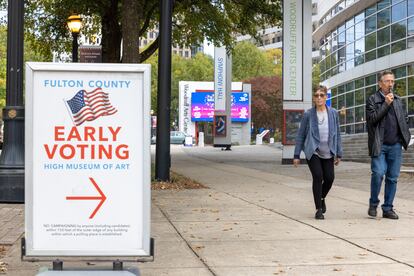

Americans are going to the polls on November 8 to decide the direction that their government will take in the next two years. The midterm elections focus primarily on selecting candidates for seats in the Senate and House of Representatives. In a two-party system, the outcome impacts the ability of the incumbent administration to take action through Congress in the last two years of its term in office. Also this year, 36 state governorships out of 50 are being contested, and the voters of those states will be able to make decisions on key issues like abortion, cannabis, taxes, the electoral system and more through ballot measures that are coming up for a vote on Election Day.
The distribution of the Senate and the House of Representatives
The vote will largely focus on the Senate and the House of Representatives. Currently, Democrats have a majority in both chambers. After the 2020 elections, the Senate was made up of 50 Republicans and 50 Democrats (two of them are independents), however, in the event of a tied vote, Vice President Kamala Harris has the decisive tie-breaking vote that can favor her party. The House of Representatives has 435 seats, of which 220 are held by Democrats and 212 by Republicans. Three seats are vacant. Following the 2020 election, the House had 222 Democratic and 213 Republican lawmakers.
In these elections, the 435 seats in the House of Representatives will be put to the vote and the winners will hold office until 2024. In the Senate, only 35 of the 100 seats are being contested, and winners will remain in office for six years. A Republican majority in one or both chambers could complicate the second half of Joe Biden’s presidential term. Polls suggest that the House of Representatives could come under Republican control, while the outcome of the Senate race is still too close to make a clear estimate.

House of Representatives
All 435 congressional districts are up for grabs
PARTY DIVISION (2020 results)
222
Democrats
213
Republicans
EL PAÍS
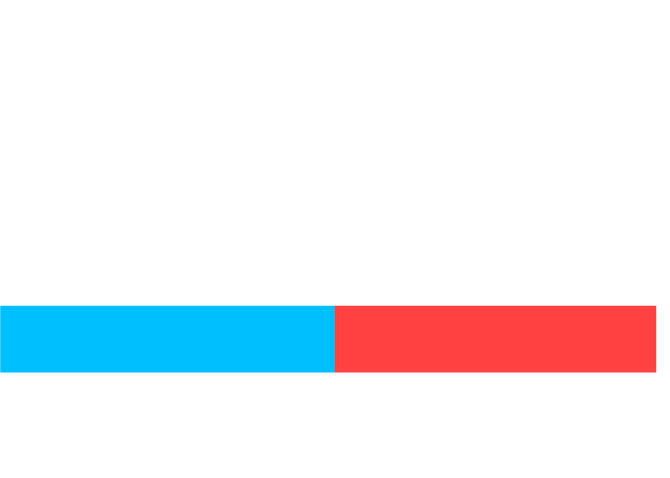
House of Representatives
All 435 congressional districts are up for grabs
PARTY DIVISION (2020 results)
222
Democrats
213
Republicans
EL PAÍS
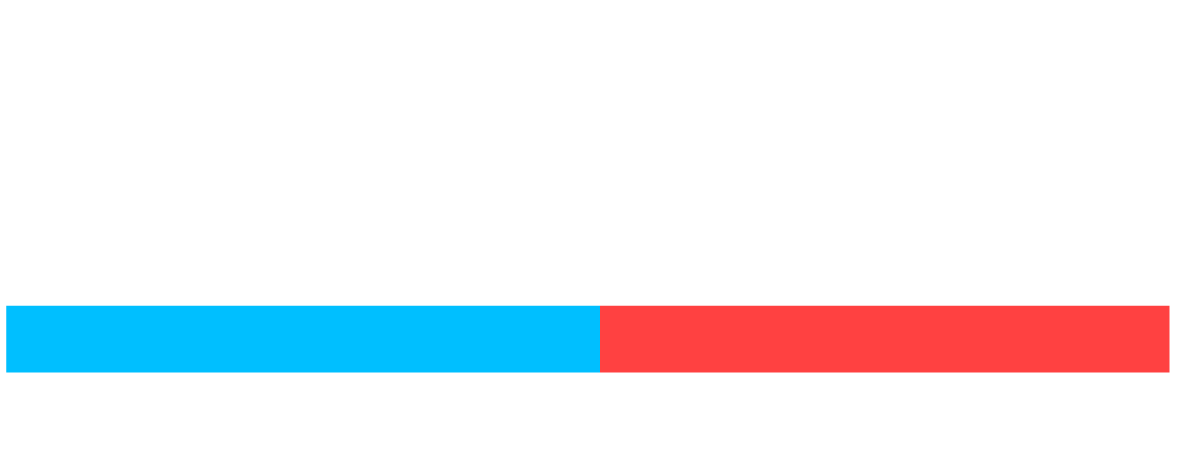
House of Representatives
All 435 congressional districts are up for grabs
PARTY DIVISION (2020 results)
222
Democrats
213
Republicans
EL PAÍS
Biden’s agenda and Trump’s return
If the Senate and House of Representatives come under Republican control, the president will not have a lot of wiggle room to push forward his initiatives. In addition, decision-making on federal laws on abortion, climate change, migration and funds to support Ukraine in the war against Russia would be put on hold. Biden does not enjoy great popularity either: just 42.3% of Americans approve of him, according to the average of polls from the FiveThirtyEight statistics website.
Meanwhile, former president Donald Trump is getting closer to announcing that he will run in the 2024 presidential election. Last week, the Republican said at a rally in Iowa that it is “very, very, very probable” he will try to make a comeback. Trump has endorsed several candidates during recent campaigning and if the results favor them, it could be seen as a sign that the real estate tycoon has a good chance of returning to Washington for a second term in office.
The governors of 36 states
In addition to legislative elections, 36 states are electing their governors. The checks and balances between Democrats and Republicans mean that this time, the race is quite divided. Governors have gained significant relevance, given that some laws are drawn from local governments, such as the right to abortion, LGBTQ+ rights, and the electoral system. Some of the states with the closest races have been something of a surprise: New York, historically a Democratic bastion, could potentially flip given that the candidates – the Democrat Kathy Hochul and the Republican Lee Zeldin – are nearly tied in the polls.
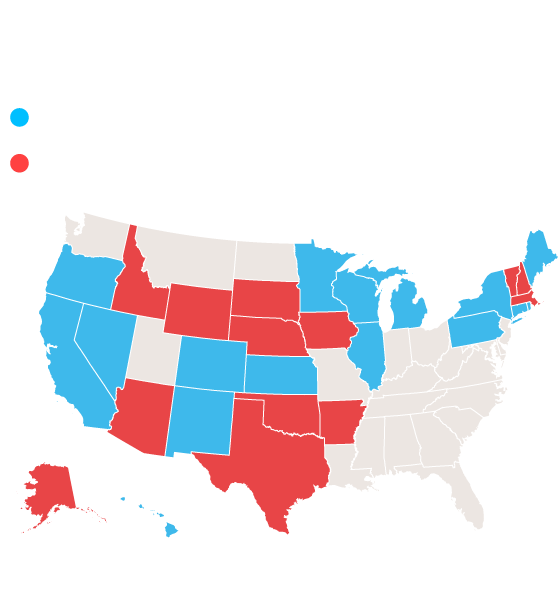
Governorships
Thirty-six US states are electing governors
Currently Democratic governor
Currently Republican governor
EL PAÍS
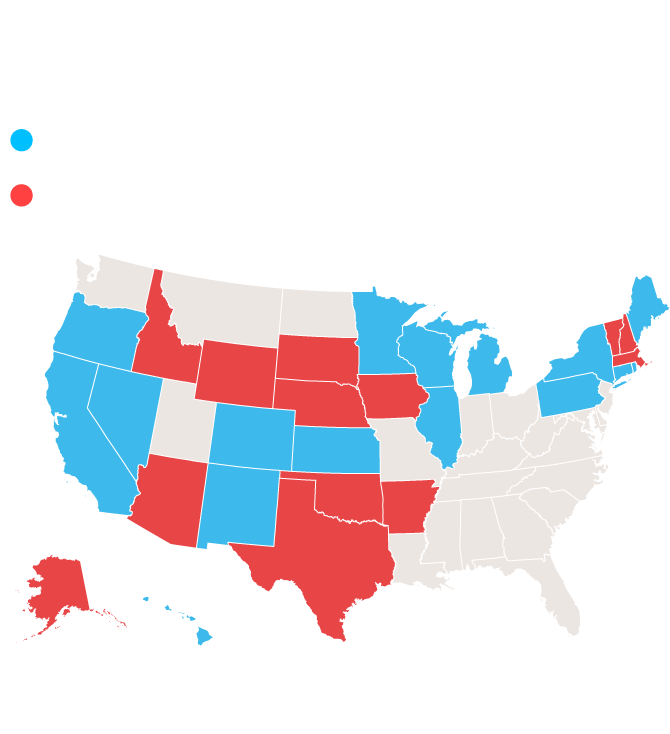
Gobernadores
Thirty-six US states are electing governors.
Currently Democratic governor
Currently Republican governor
EL PAÍS
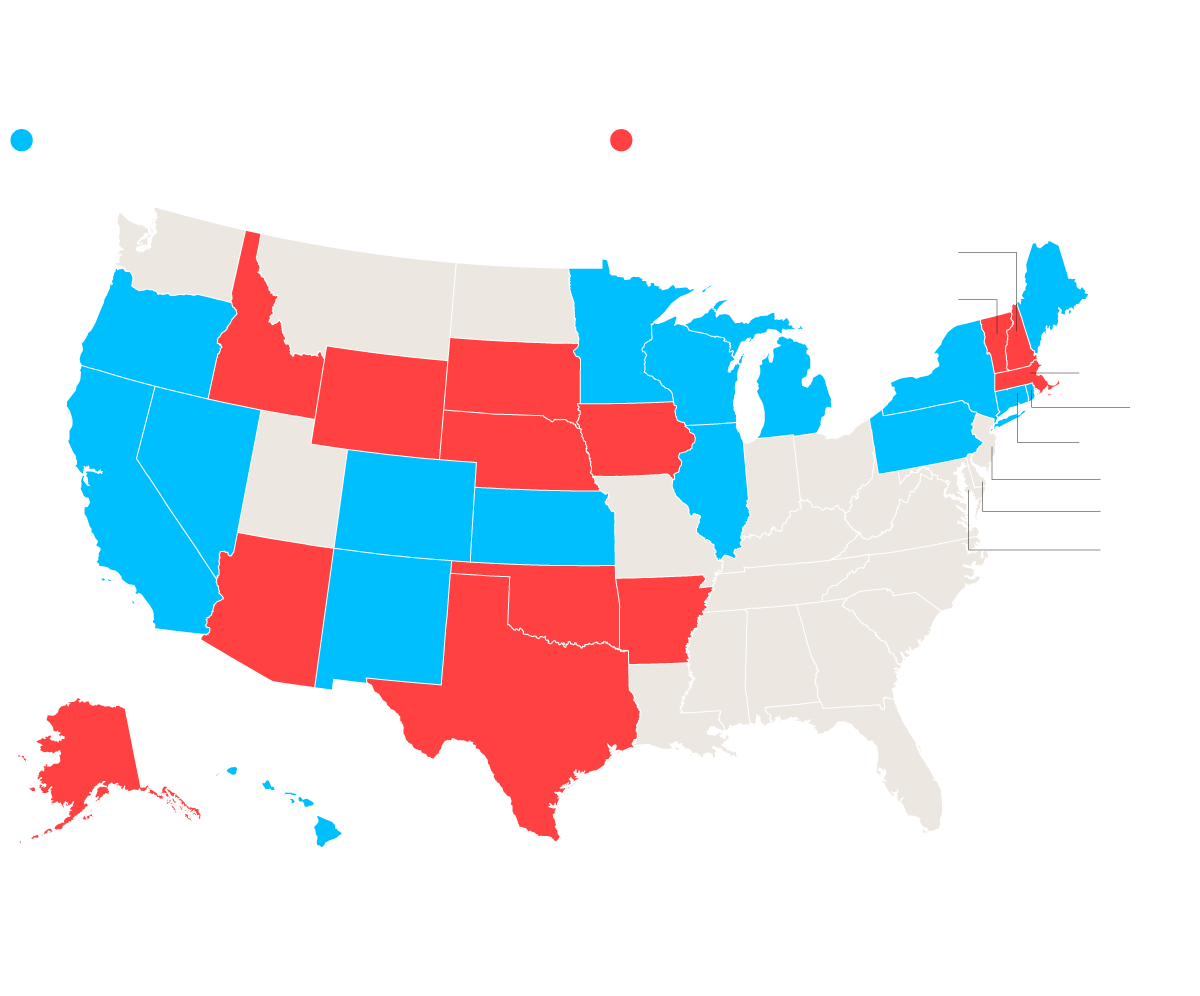
Governorships
Thirty-six US states are electing governors.
Currently Democratic governor
Currently Republican governor
NH
WASH
ME
MONT
VT
ND
MINN
ORE
MASS
WIS
ID
SD
NY
MICH
WYO
RI
PA
CONN
IA
NEB
OH
NEV
IND
NJ
ILL
UT
WV
DEL
COLO
VA
MO
KAN
CALIF
KY
MD
N C
TENN
ARIZ
OKLA
ARK
NM
S C
ALA
GA
MISS
LA
TX
AK
FLA
HI
EL PAÍS
Another one of the most widely anticipated elections will take place in Georgia, where the Democrat Stacey Abrams, an activist against voter suppression, will seek to defeat the Republican incumbent, Brian Kemp. In Oklahoma, a historically Republican stronghold, the Democrat Joy Hofmeister has managed to inch close to Republican Governor Kevin Stitt. And in Arizona, a very close race is expected between the Democrat Katie Hobbs and the Republican Kari Lake.
The most relevant ballot measures
Voters in 36 states will also have a direct say in ballot measures involving several hot-button issues. Among the most widely anticipated ballot measures are those being put to voters in five states (California, Michigan, Vermont, Kentucky and Montana) to decide on abortion, after the Supreme Court revoked this federal right that was guaranteed by a 1973 court decision. In addition, North Dakota, South Dakota, Arkansas, Missouri and Maryland will ask voters to weigh in on the use of marijuana for recreational purposes.
Other ballot measures involve tax collection and the right to bear arms. One of the oddest issues up for a vote will ask citizens what they think about eliminating slavery as a form of punishment in prisons from the wording of local laws in five states (Alabama, Louisiana, Oregon, Tennessee and Vermont).
What time do the polling stations close?
In the United States, each of the 50 states has its own electoral system that decides the form of voting (by mail, in person, early voting), the vote count guidelines, as well as the opening and closing times of the polling stations. The US has six time zones (including Alaska and Hawaii): the first stations to close are those on the East Coast and in most cases it will be at 7pm local time. The West Coast will close polling stations at 8pm local time.
They are called midterm elections because they are held halfway through the four-year presidential term. And they are held on the first Tuesday of November because of a tradition rooted in the 19th century, when a good part of the American economy depended on the agricultural sector: on Tuesday, so that the owners and workers of the farms would have enough time to get to the urban centers to vote after the weekend of religious gathering; and at the beginning of November so as not to interfere with planting and harvesting in the fields, but still early enough to avoid intense cold and snowfall.
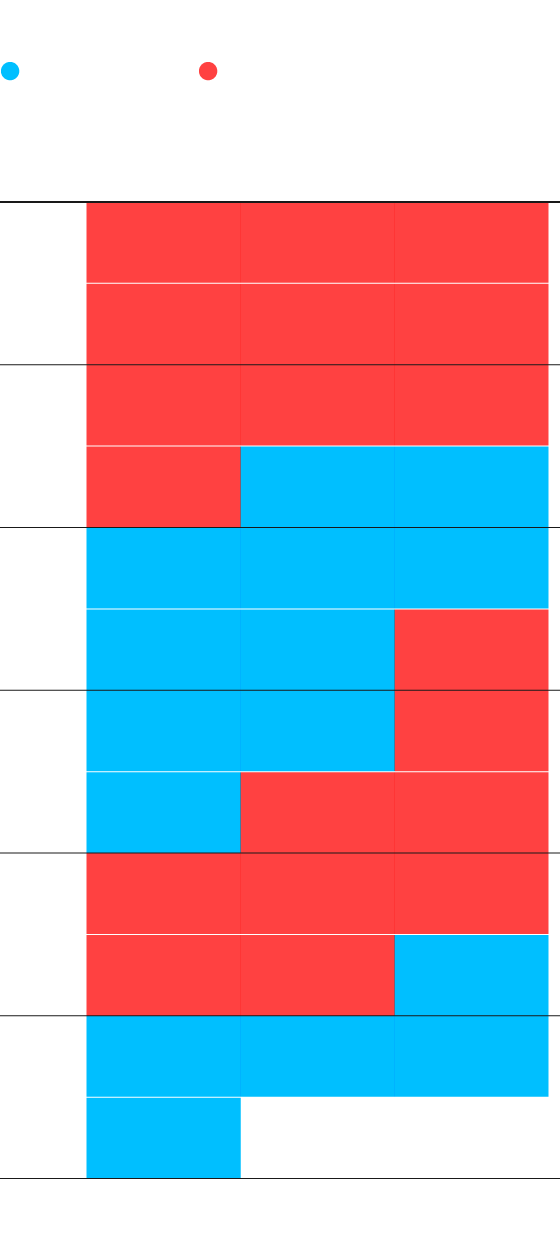
Past results
Democrats
Republican
Year
President
Senate
(100)
House
(435)
2000
Bush
50
221
2002
51
229
2004
Bush
55
232
2006
49
233
2008
Obama
57
257
2010
51
242
2012
Obama
53
234
2014
54
247
2016
Trump
52
241
2018
53
235
2020
Biden
48
222
2022
EL PAÍS
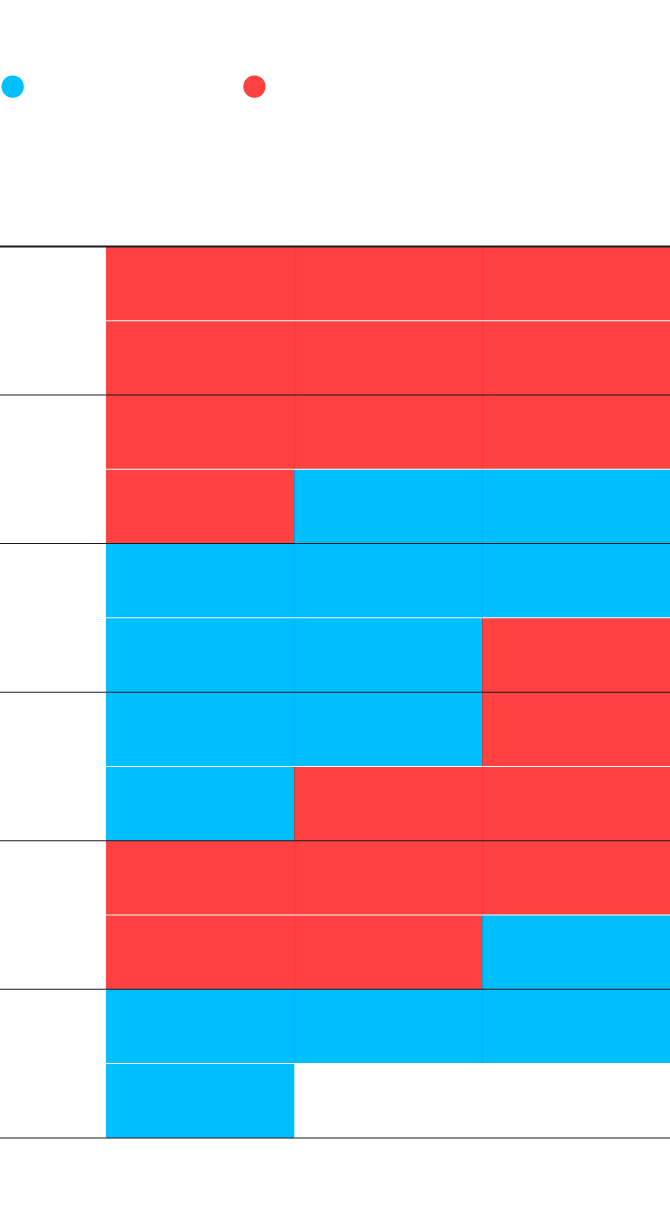
Past results
Democrats
Republican
Year
President
Senate
(100)
House
(435)
2000
Bush
50
221
2002
51
229
2004
Bush
55
232
2006
49
233
2008
Obama
57
257
2010
51
242
2012
Obama
53
234
2014
54
247
2016
Trump
52
241
2018
53
235
2020
Biden
48
222
2022
EL PAÍS
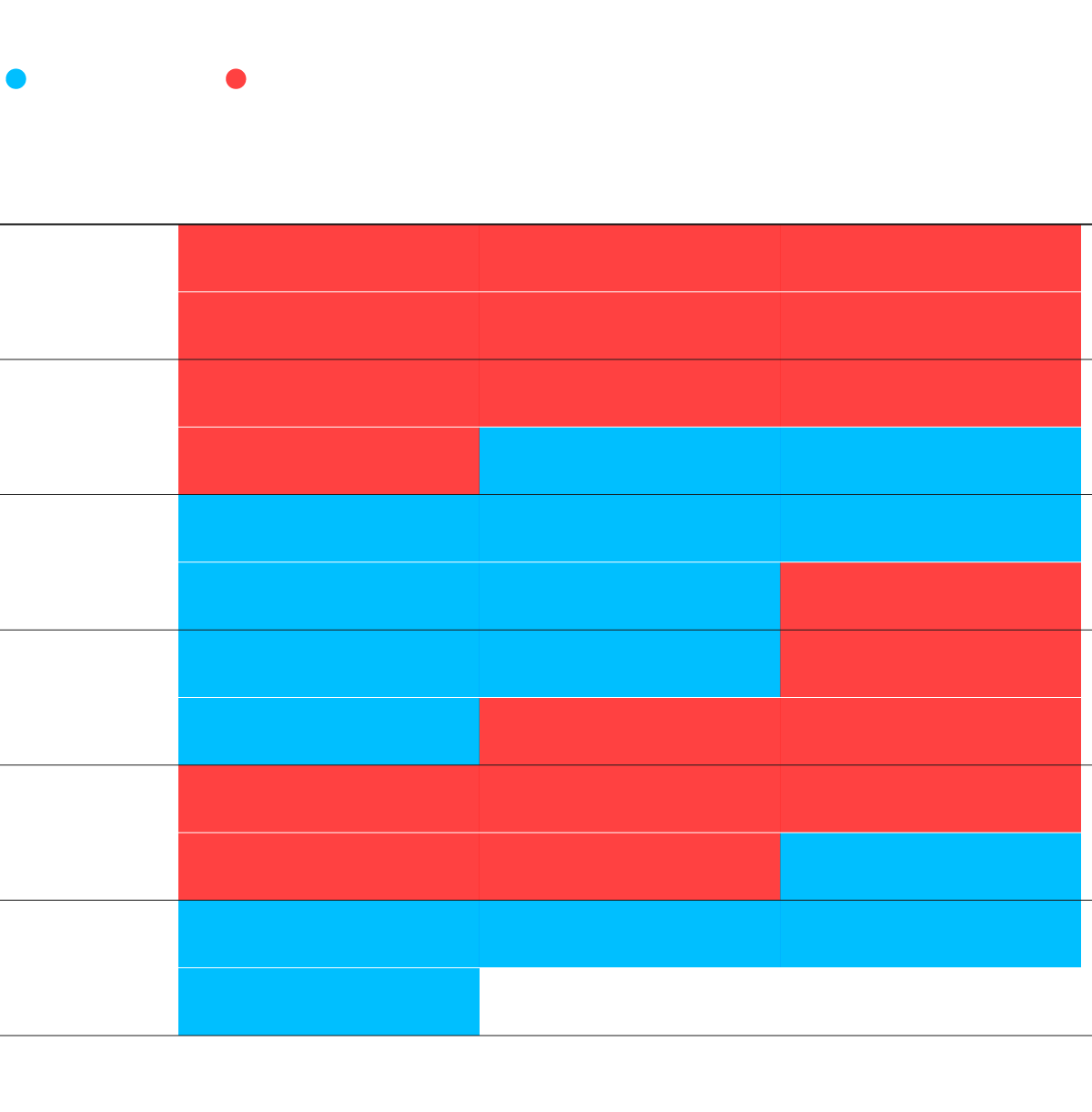
Past results
Democrats
Republican
Year
President
Senate
(100)
House
(435)
2000
Bush
50
221
2002
51
229
2004
Bush
55
232
2006
49
233
2008
Obama
57
257
2010
51
242
2012
Obama
53
234
2014
54
247
2016
Trump
52
241
2018
53
235
2020
Biden
48
222
2022
EL PAÍS
Sign up for our weekly newsletter to get more English-language news coverage from EL PAÍS USA Edition
Tu suscripción se está usando en otro dispositivo
¿Quieres añadir otro usuario a tu suscripción?
Si continúas leyendo en este dispositivo, no se podrá leer en el otro.
FlechaTu suscripción se está usando en otro dispositivo y solo puedes acceder a EL PAÍS desde un dispositivo a la vez.
Si quieres compartir tu cuenta, cambia tu suscripción a la modalidad Premium, así podrás añadir otro usuario. Cada uno accederá con su propia cuenta de email, lo que os permitirá personalizar vuestra experiencia en EL PAÍS.
¿Tienes una suscripción de empresa? Accede aquí para contratar más cuentas.
En el caso de no saber quién está usando tu cuenta, te recomendamos cambiar tu contraseña aquí.
Si decides continuar compartiendo tu cuenta, este mensaje se mostrará en tu dispositivo y en el de la otra persona que está usando tu cuenta de forma indefinida, afectando a tu experiencia de lectura. Puedes consultar aquí los términos y condiciones de la suscripción digital.










































